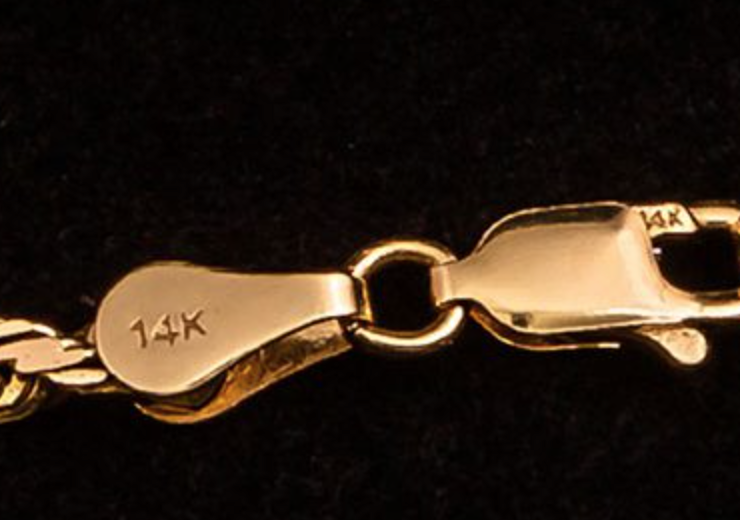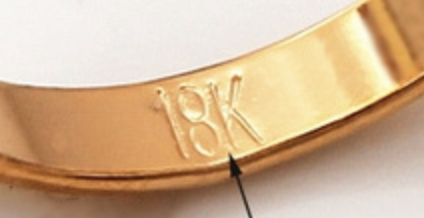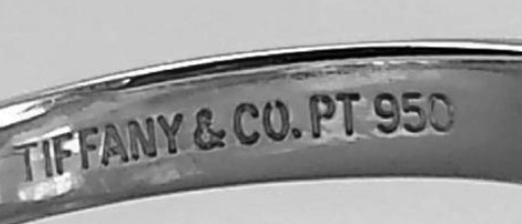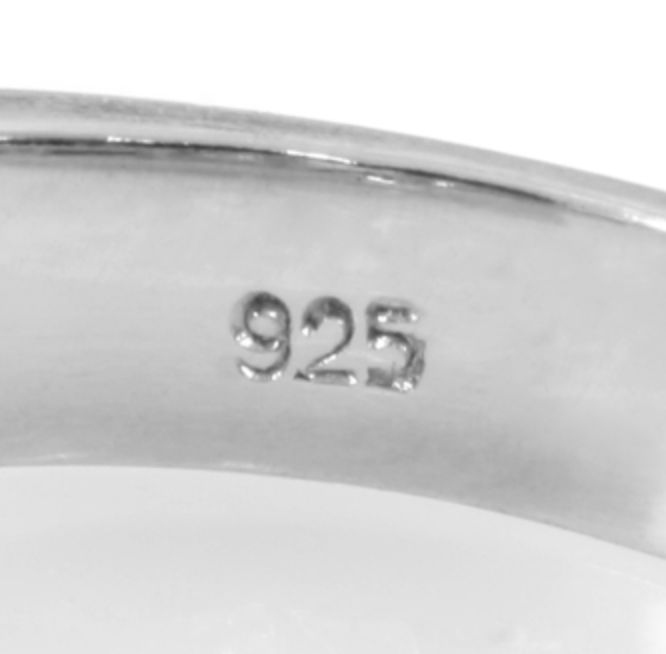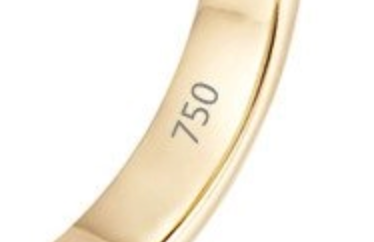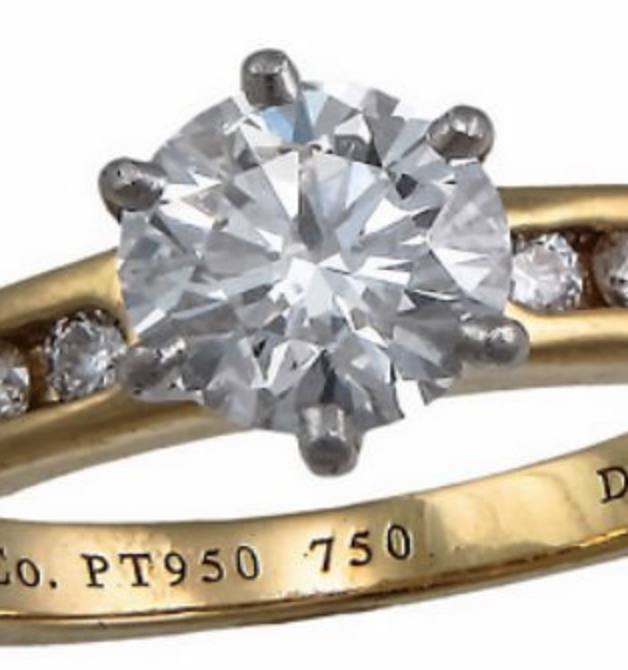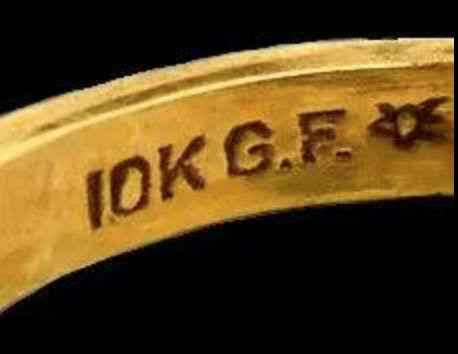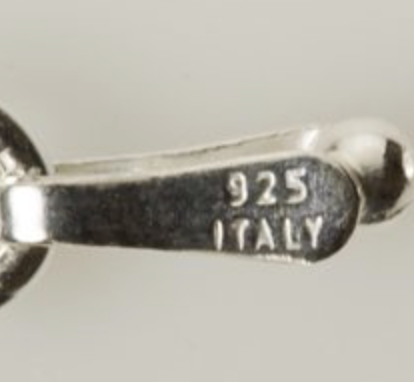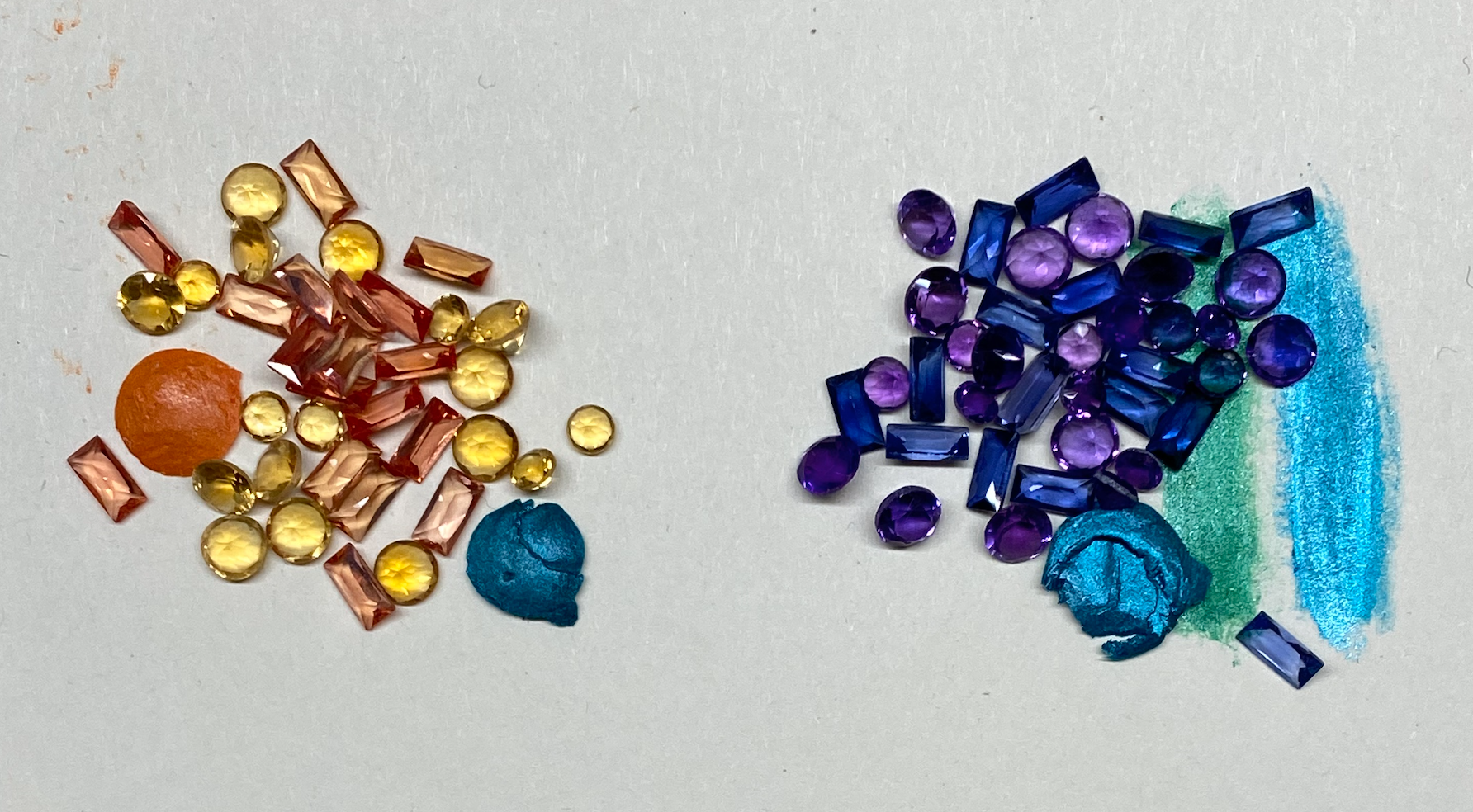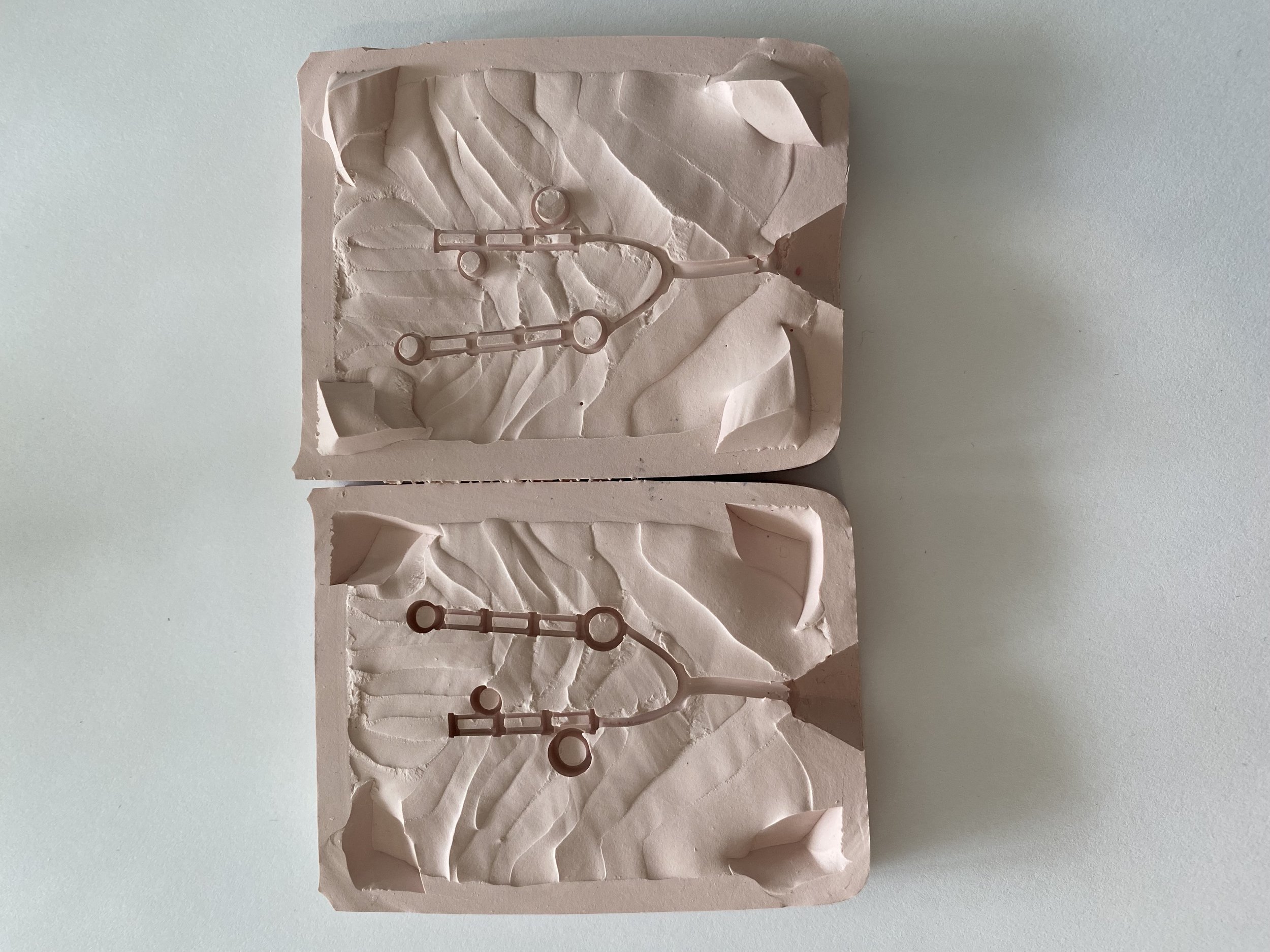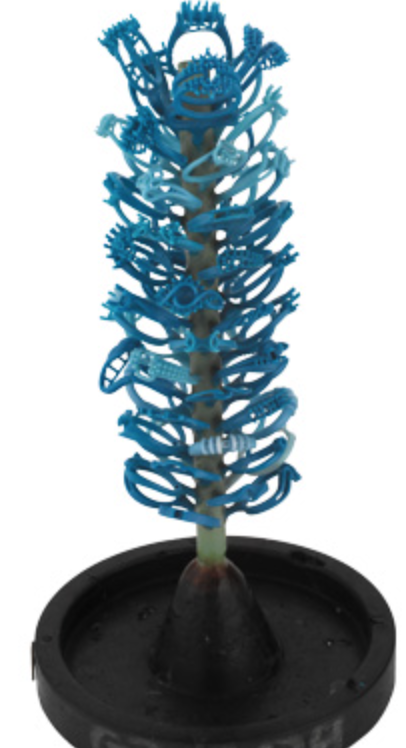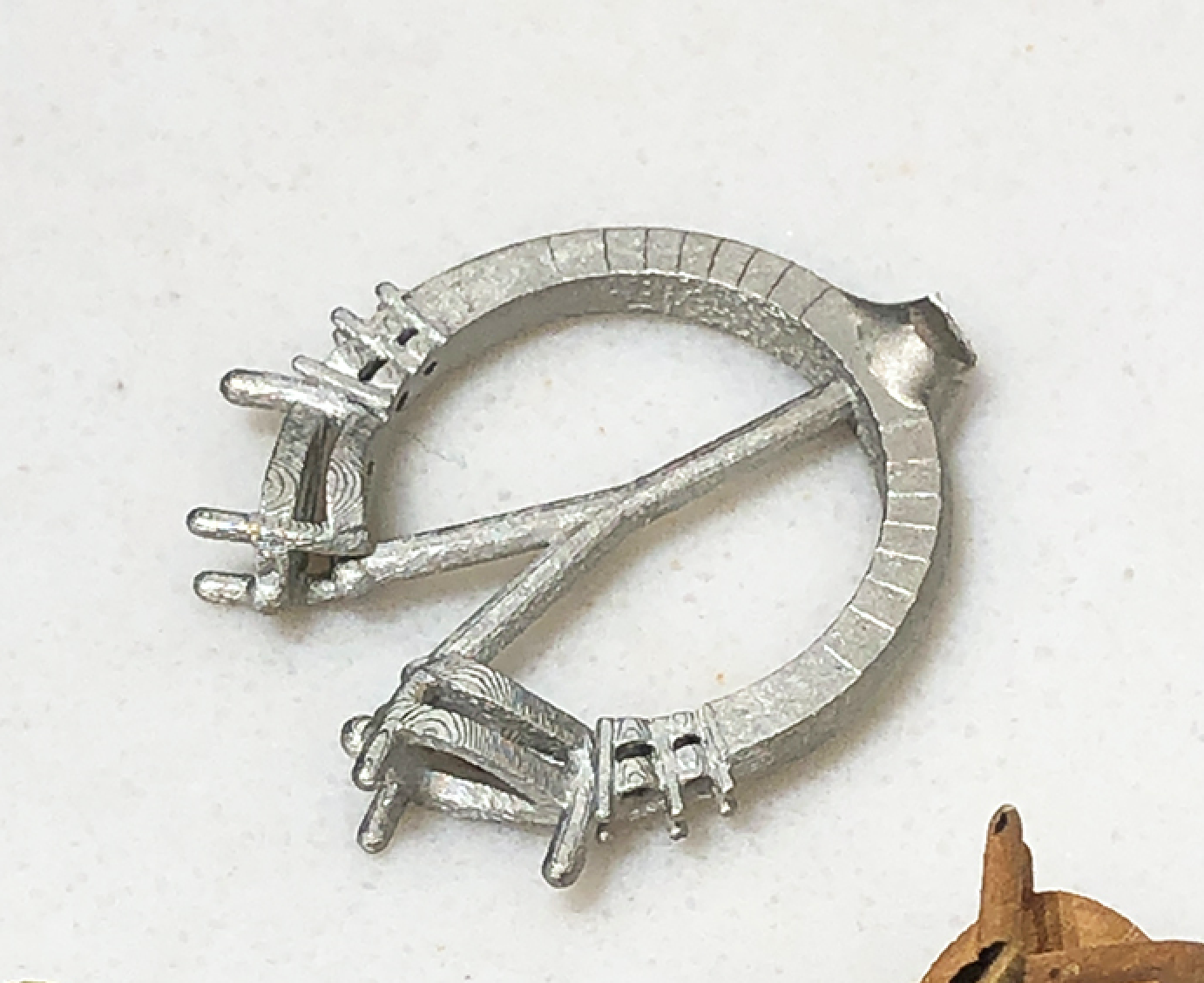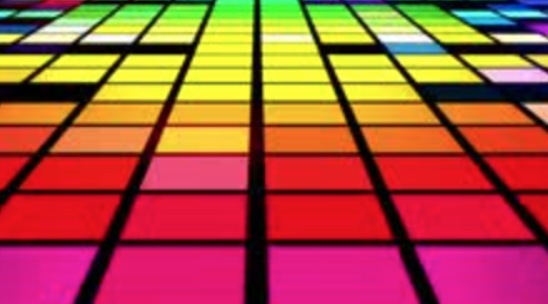Fine Jewelry
FINE JEWELRY
This is the last in the series describing classifications of jewelry: COSTUME Jewelry, ART Jewelry, HIGH Jewelry and FINE Jewelry, with mention of COUTURE Jewelry and FASHION Jewelry. Writing this series has been fun for me to trace the origins, the development, the value in the marketplace and to explain the differences between each category.
As stated previously, the 19th century saw sweeping changes in art, design and industry, all of which had a profound effect on the jewelry industry. Jewelry design movements flourished and established themselves and some continue to thrive today.
By the mid 20th century, traditional goldsmithing programs were available in North American universities. Goldsmithing traditions in Europe, the Middle East and Asia had survived through generations of apprenticeships but programs for students began to be established there as well. This ultimately resulted in a surge of new designer goldsmiths. Coinciding with the mass marketing of costume jewelry, Fine Jewelry Collections happily filled the gap for high end department stores like Neiman Marcus, Harrods, Bloomingdales, Nordstrom, Saks, Bergdorf Goodman and more.
FINE Jewelry is a huge category that supplies the demands of diverse economic levels in society and around the world.
Simply put, FINE Jewelry is jewelry that is made with precious metal: karat gold, platinum (PLAT, PT950) or sterling silver (925, STER).
Karat gold jewelry made in the Western world will be marked with symbols like 10K, 14K, 18K, 22K or 24K.
Fine jewelry made in Europe will have the following symbols: 583 or 585, 750, 920 or 999.9. The standard in Europe is 14K (583 or 585), although you might find some 9K (417) and in the Middle East and Asia much of the jewelry produced is 22K.
The ring below marked PT 950 750 has a platinum setting and a 750 (18K) yellow gold band.
A Fine Jewelry collection that is well designed and beautifully hand made is prized by discerning buyers, but large corporations also make fine jewelry and in massive amounts for the rest of society. The success of the least expensive, mass marketed fine jewelry that results in high volume sales depends entirely on good designs that can be made using less gold, gemstones and diamonds that are lower grade, and low cost factory labour.
Fine jewelry DOESN’T include gold-filled or gold plated pieces.
These are the materials of FASHION Jewelry, which include gold-filled and plated jewelry, along with semi-precious, synthetic or lower quality precious gemstones. The category called Fashion Jewelry emerged to fill a gap with pieces that are designed and hand made or manufactured with the careful intention to create a trendy product that is most accessible.
The crossover with fine jewelry is that sterling silver is used in both.
There are industry rules about how these materials are made, and how they are to be marked, or quality stamped:
Gold filled consists of a base metal with a layer of gold that is at least 12K, fused to its surface. The fused layer must weigh at least 10% of the base metal. If it were melted down, the result would be 5% or 1/20 pure gold. Therefore, it is symbolized as 1/20 GF or 1/20 12K GF or even 1/20 14K GF.
There is twice as much gold in gold-filled than there is in gold plated jewelry, which has a thin gold layer over base metal. There is no industry mark for gold plated jewelry, although I have seen pieces marked 14K GP, which can be misleading.
Many stores that carry Fine jewelry also carry fashion jewelry because it is not only on trend but also more affordable. Fashion jewelry offers an alternative to the consumer who is looking for something inexpensive to accessorize an outfit that looks like the real thing.
The FINE JEWELRY category is arguably the biggest in the jewelry industry. I can’t possibly list all the fine jewelry designers. You have seen some in magazines and in stores. You have purchased from them at Department stores, Jewelry Stores, at trade shows and from their independent studios. A few big names you might recognize are David Yurman, Roberto Coin, Marco Bicego or John Hardy, who have international companies branded with their name. International Fashion Houses have jewelry collections created for them using their logo and supporting the higher end prices of the Fine Jewelry category. Independent designers worldwide create their own collections and sell them online or at local fairs, shows and galleries.
A Fine Jewelry Collection takes time, patience, and some ingenuity to create.
I will share my own experience creating my most recent collection, but the process is roughly the same for all designers.
I don’t always plan a collection in advance. It happens somewhere between sketching my inspiration and test driving a finished piece for comfort and functionality.
My most recent collection came out of necessity to create a new ready to wear line. During COVID I made personal occasion pieces to replace trips not taken by my clients, redesigned jewelry that they found when they organized their closets, and provided engagement, wedding and anniversary rings. The decision to create a new collection was prompted by the fact that I would be participating in START STRATFORD once more, and wanted to update my website store with new ready to wear pieces.
I played with gemstone layouts and really liked the combination of round and baguette gemstones. They felt fun. I also got excited about the idea of making colourful pieces.
I combined Amethyst rounds with Blue Sapphire baguettes, and Citrine rounds with Padparascha Sapphire baguettes.
I had recently experimented with painted colour patinas and I envisioned creating iridescent teal, turquoise and orange patinas on sterling settings to complement and contrast the chosen gemstones.
The decision to turn a finished piece into a collection brings with it a set of tests for production.
1. Consider how a component might translate into other jewelry forms - earrings, a necklace, bracelet or ring.
Both of my designs would work as earrings, in pairs or in unmatched pairs. I saw the Citrine-Padparascha design as a lariat necklace and wanted the wearer to be able to position the gems where she liked. I thought of making the Amethyst-Sapphire design into a ring.
2. Determine whether any aspect of the piece needs to be redesigned to help reduce labour costs when working in larger numbers, while at the same time maintaining the quality of the piece.
I had designed bezel settings for all of the gemstones. If I redesigned them using claw settings I would be able to save a lot of labour time. The integrity of the design won over cost. I decided to maintain my original design because the bezel settings reflect the sleek lines and repeat the round shapes.
3. Ensure that the source for gemstones and findings has reliable inventory for larger quantities, including from my own inventory. Estimate the cost of materials and labour.
Here is where I could have been more circumspect. I had a final price in mind but I didn’t check the current gemstone prices until I was ready to go into production because I had a collection of gemstones in my own inventory. This was fine, unless more gemstones would be needed later. All of us have experienced prices rising shockingly in every industry but when I learned that the price of one lab sapphire baguette had increased by 65%, I made the decision to limit the size of the collection to the number of gemstones I have in inventory. It now becomes a limited edition.
4. A production mould is made for multiples to be cast at the same time so the production can begin.
Once cast, the components are cleaned and polished together, in batches. To speed up labour time, they are soldered in groups, assembled consecutively and finished in succession. Clasps, joints and settings are tested for quality and reliability.
5. Special packaging may be selected for the new collection, the name is finalized and a marketing plan is established.
When I asked my visionary daughter and quick-thinking son-in-law to help with naming the collection, they brainstormed fun times, colour and light and they came up with a really fun name!
The marketing plan fell into place with visions of psychedelic colours, dancing and disco balls and most fun of all, the now universal music that makes us want to move!
I’m not posting pictures of the finished pieces yet because I haven’t launched them, but I’m pretty sure you can guess the name of the collection. Stay tuned!

